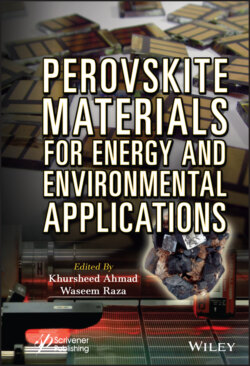Читать книгу Perovskite Materials for Energy and Environmental Applications - Группа авторов - Страница 41
2.4.2 Planar Heterostructures
ОглавлениеPlanar heterostructure is an evolution of the mesoporous structure. The main difference in the planar heterostructure is the absence of the mesoporous layer. The perovskite material is sandwiched between ETM and HTM. Hence, it results in a simpler structure. The planar structure can achieve high PCE even in the absence of a mesoporous layer by carefully controlling the interfaces between layers. There are two interfaces present. First is in between ETM and perovskite and second in between perovskite and HTM. Therefore, electron and hole pairs are separated quickly and efficiently by these two interfaces. The planar structure gives better insight in the understanding of the mechanism of photon absorption and charge separation, which will be useful for better optimization of the PSC. The configuration of planar heterostructure is FTO, ETM, perovskite layer, HTM, electrode layer. FAPbI3 solution-processed planar heterostructure PSC showed PCE of 14.2% with large diffusion length and large tunable bandgap [26]. The planar heterostructure PSC constructed with vapor deposition showed PCE of 15% [27]. J-V hysteresis significantly depends on HTM in planar heterostructures. However, it became negligible when Spiro-OMeTAD was replaced with poly(3,4-ethylene dioxythiophene)-poly(styrene sulfonate) (PEDOT: PSS) or any other inorganic HTM [28]. Moreover, J-V hysteresis also depends on the voltage scan direction, scan rate, and range [29]. In the inverted planar heterostructure (p-i-n), HTM is deposited before ETM. The holes travel themselves in an inverted planar heterostructure [29]. It has been stated that if inverted planar heterostructure PSC is made by mixing methylammonium bromide as an additive in lead acetate and methylammonium iodide solution, maximum PCE of 18.3% is achieved [30].
